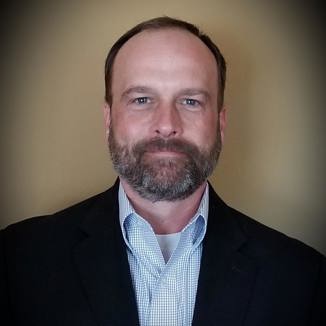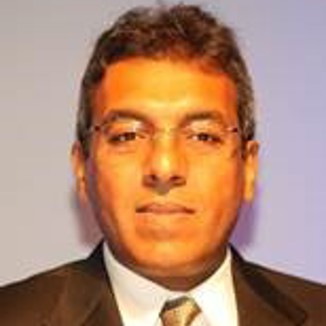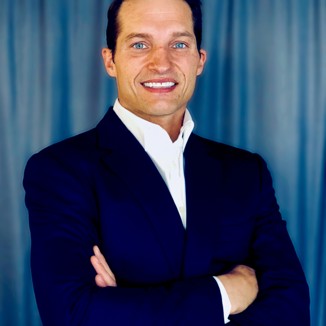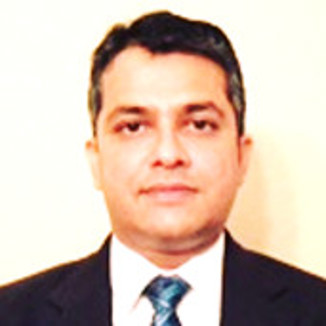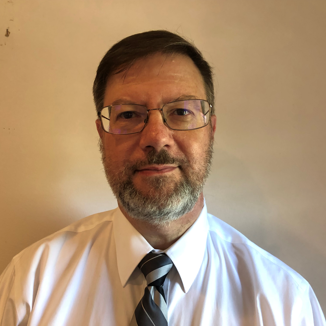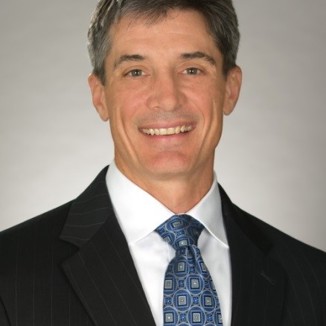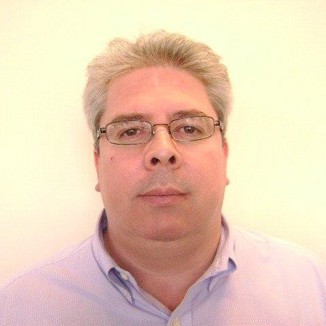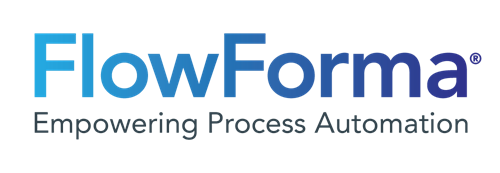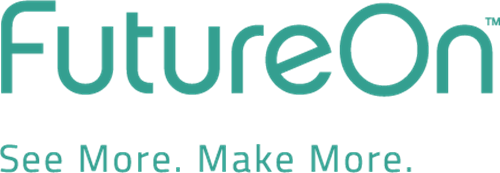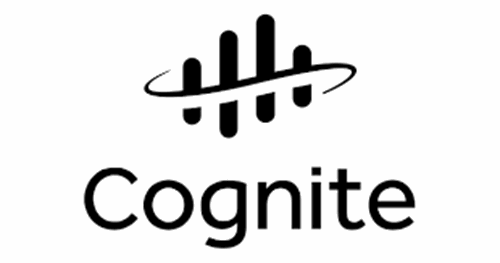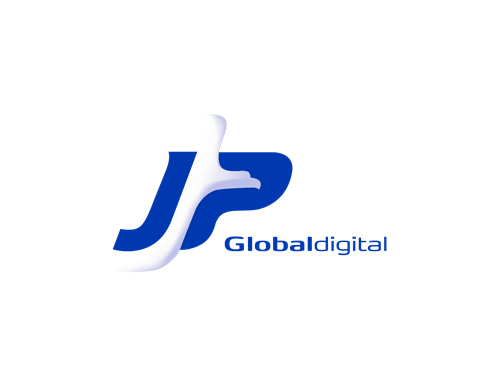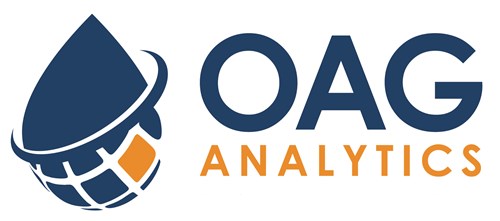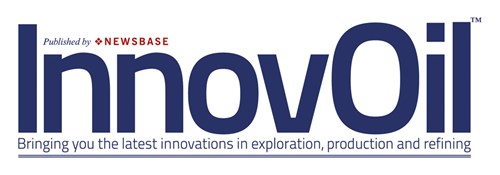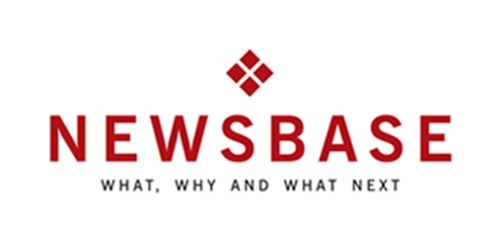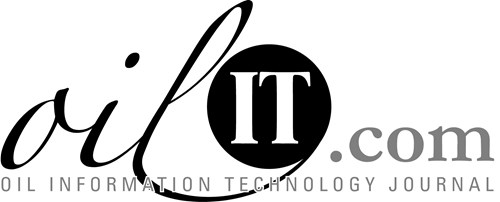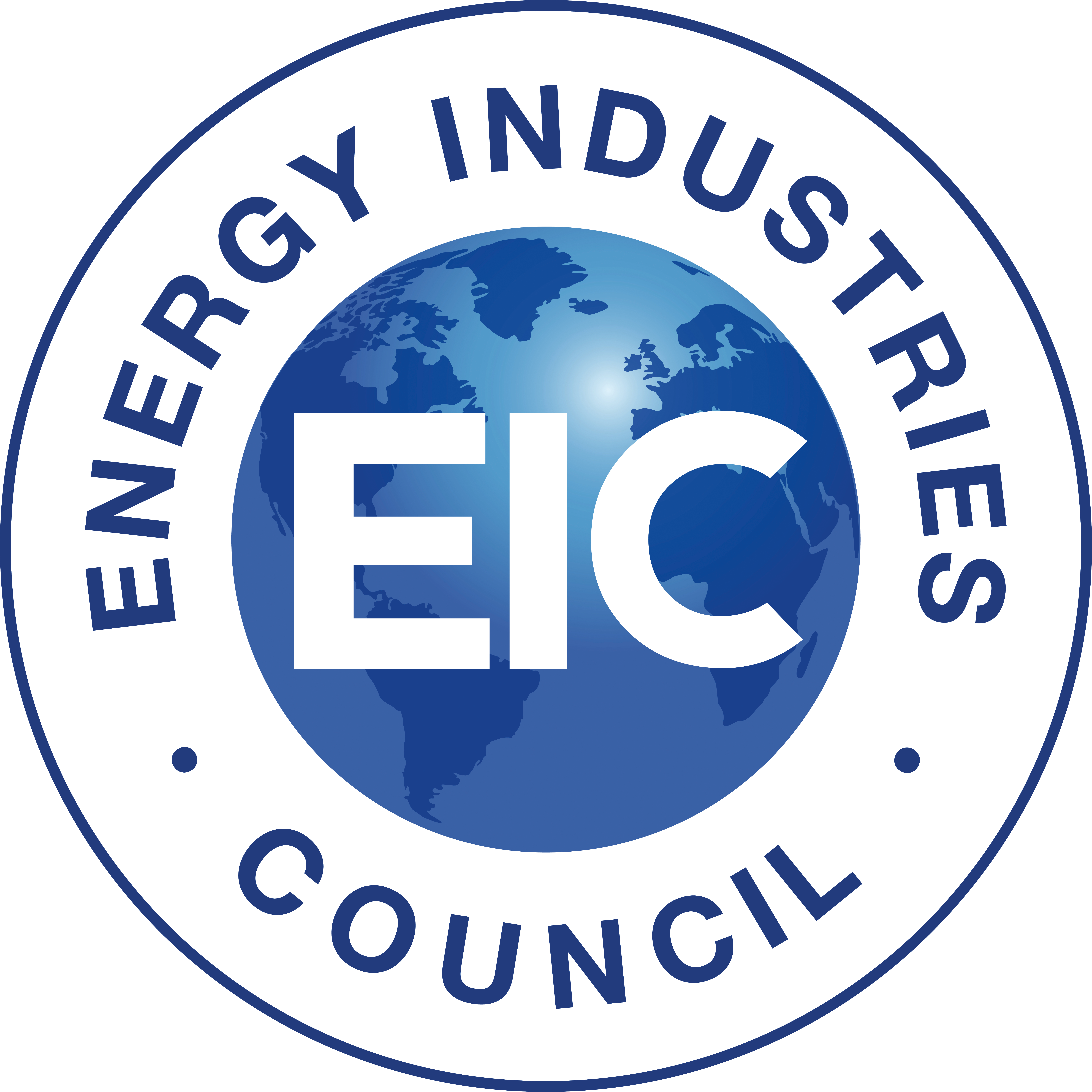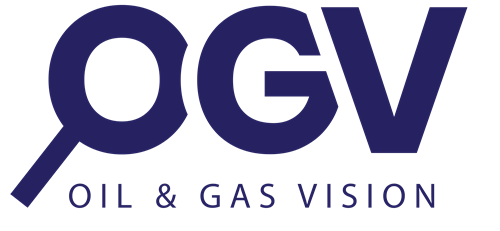Digital disruption is everywhere. Transforming our day to day lives, digitalisation is impacting every aspect of the way we live and work. The oil & gas industry is no exception to this rule, with the sector undergoing a fundamental shift into the digital age and the emergence of a digital oilfield market predicted to exceed $30.7 billion by 2020. In the face of a rapidly evolving technological landscape, developing game changing digital solutions, re-evaluating existing operating models, and utilizing data to transform exploration efforts, have been brought to the forefront of industry discussion.
As digital transformation expands its reach across the industry, bringing with it digital drilling and production technology, operational efficiency, data-driven operating models, distributed ledger solutions, lower per barrel production costs and revolutionized supply chains, now is the time to embrace the digital oilfield.
The Future Oil & Gas USA: Digital Transformation Summit will serve as a platform to navigate this rapidly evolving digital landscape, bringing together CEOs, CIOs, VPs of Operations & Production, Heads of IT, Engineering Solutions & Advanced Analytics Directors and Asset Managers, with investors and innovators.
